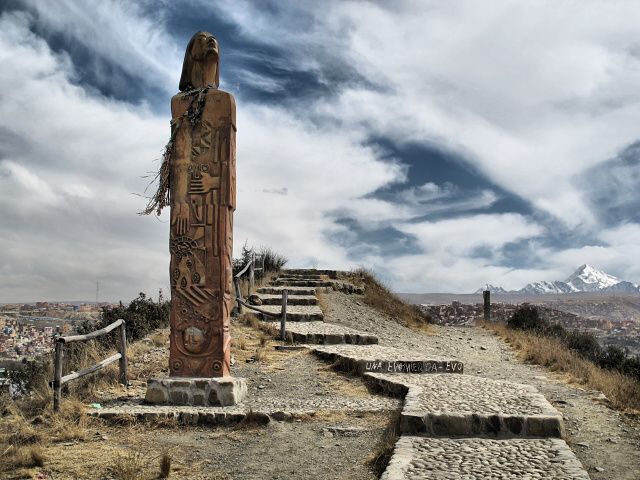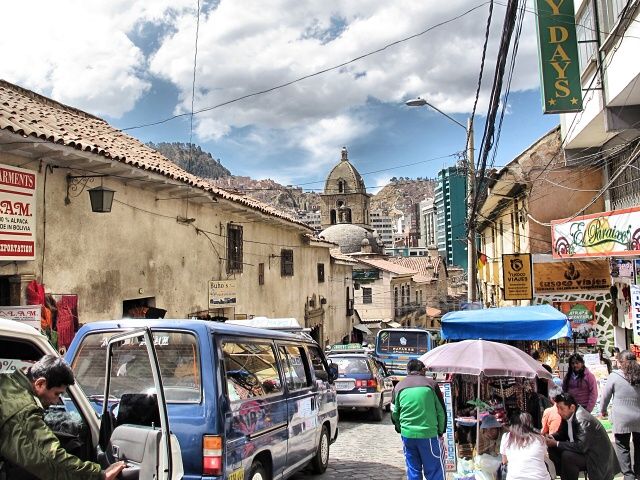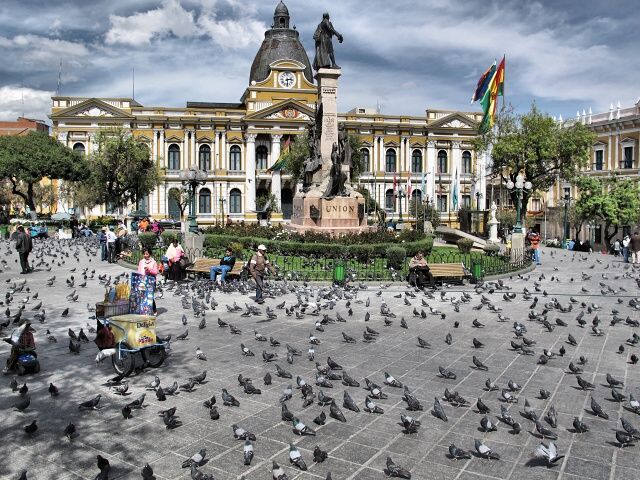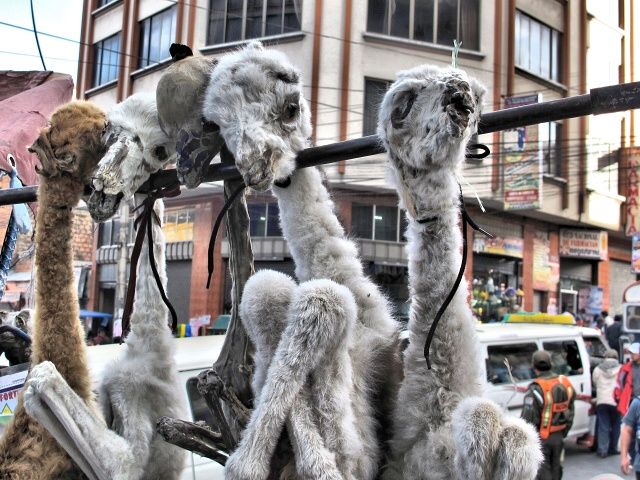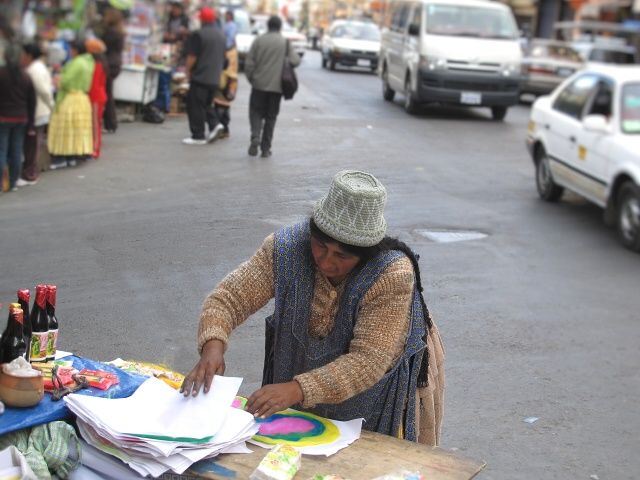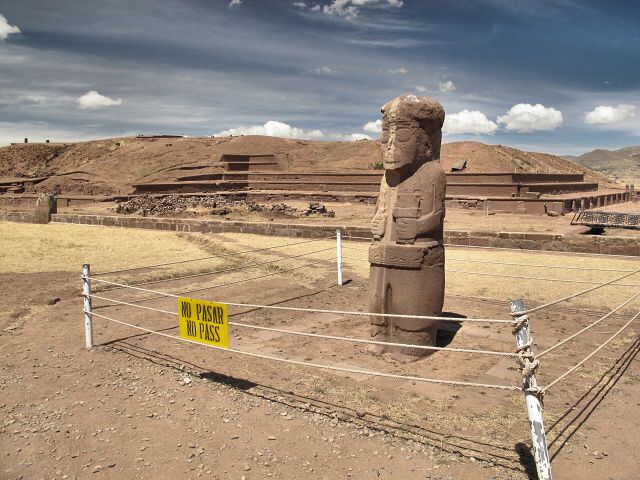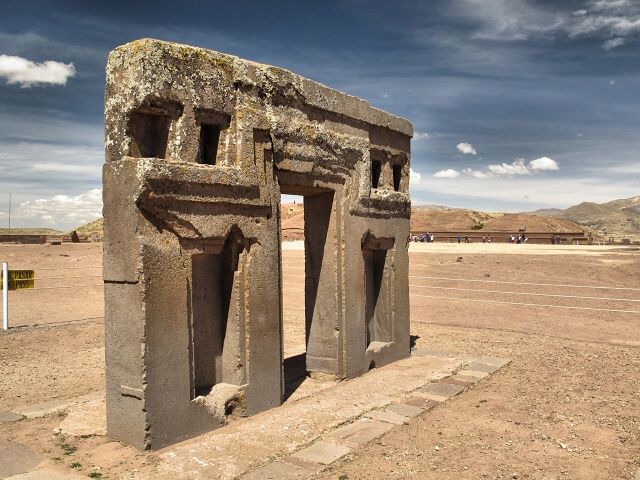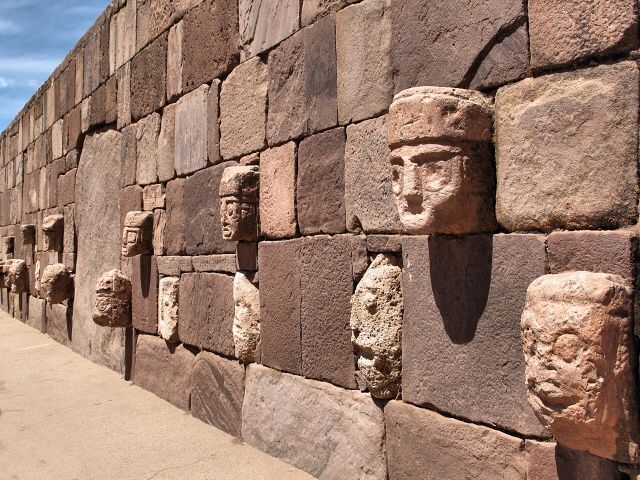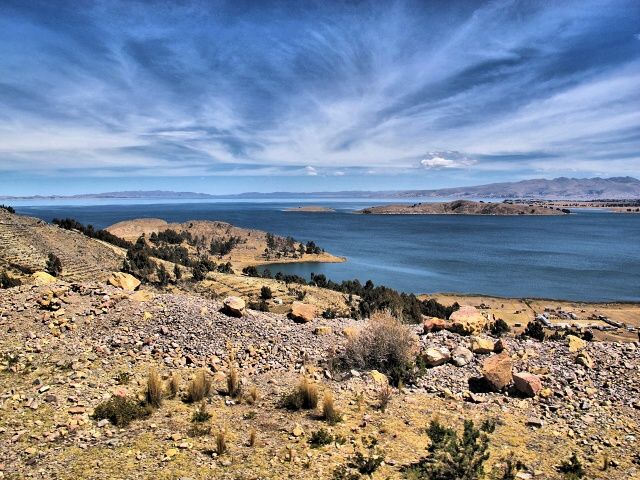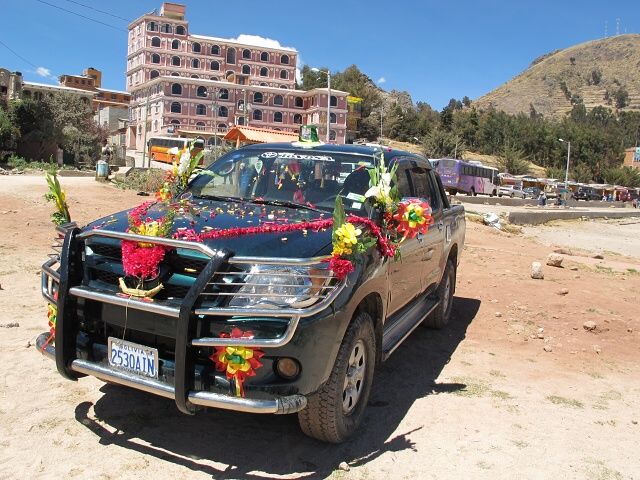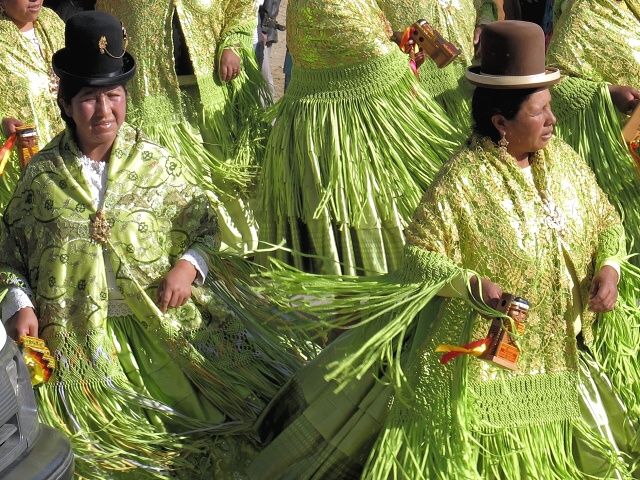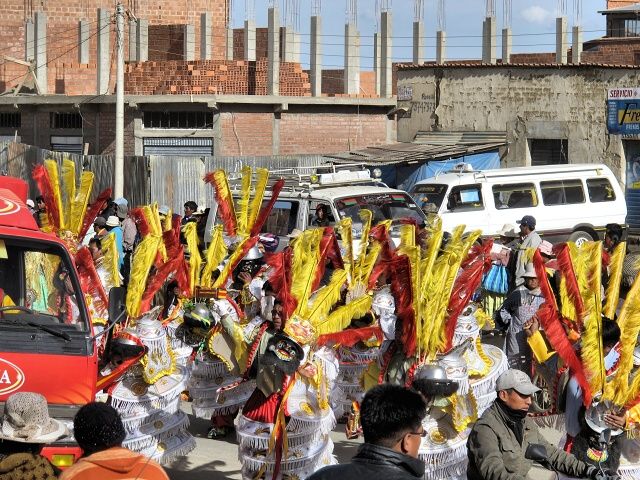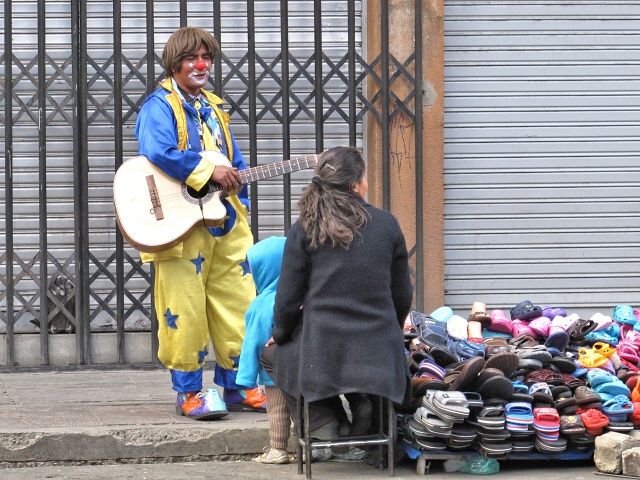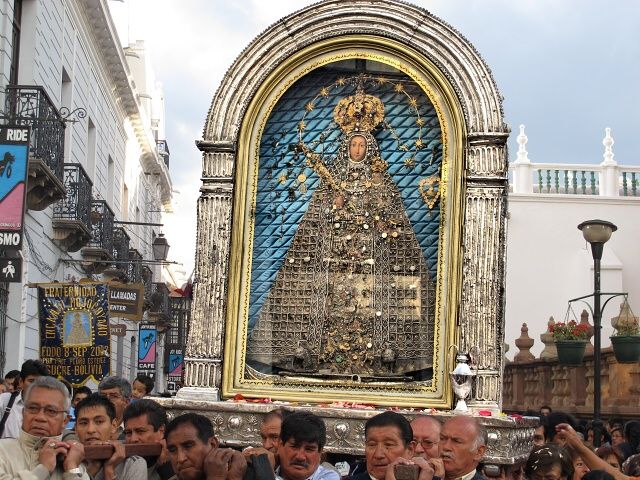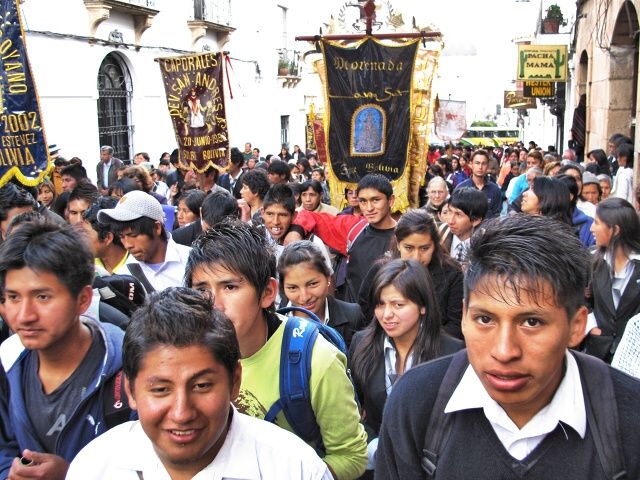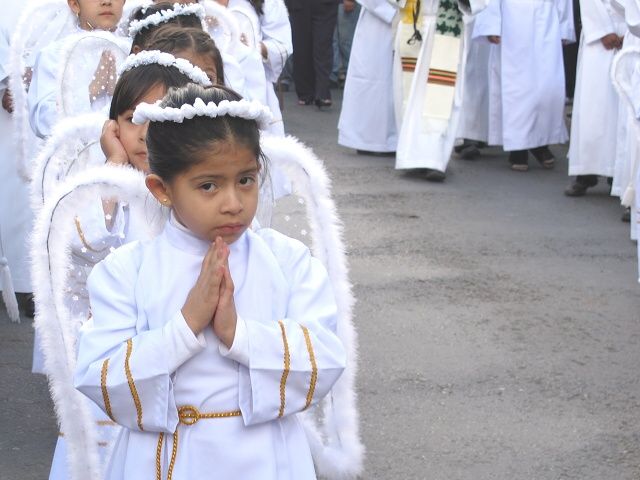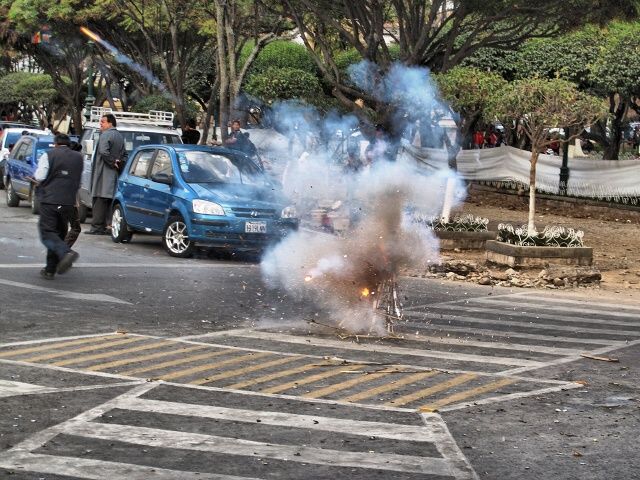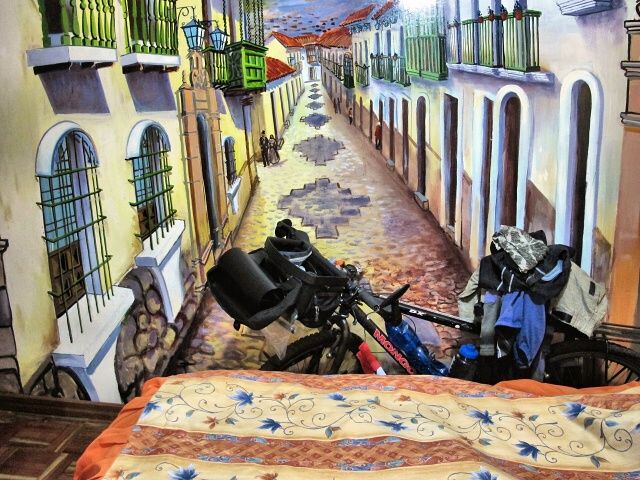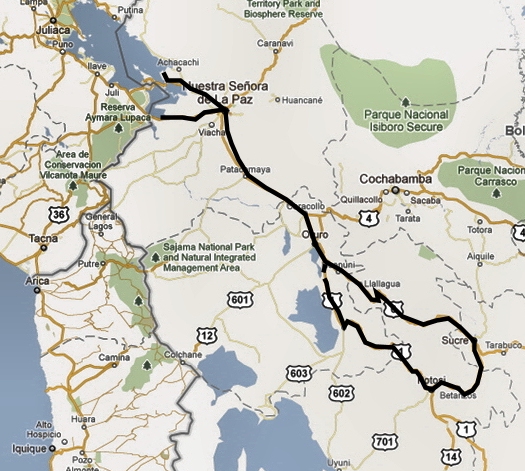| Cycling South America |  | |||||
 |
 |
 |
 |
 |
 |
 |
| Nothing compares to the simple pleasure of a bike ride. J.F.Kennedy | ||||||
| Sixteen-week cycling trip, starting in late August 2011 in La Paz, ending in Ushuaia. 8th expedition by the author. (Previous expeditions : New Zealand, Australia, USA, Canada, Alaska, Japan, Mexico). |
|
The Start in Bolivia
High above the Atlantic
Innovations
Now back to the innovations. After the previous year's experience with the front bags by Ortlieb, I was certainly not going to try anything different. I got rid of the old equipment. In Germany I bought a back bag, rack bag and handlebar bag (including a map-holder, which looked really rainproof). This was in fact the only change - I kept the same tent, sleeping bag, ground sheet and covers. Out of respect, I packed my old cycling outfit, the same one which I had worn in Alaska four years earlier. The Keen cycling sandals were brand new (they had not been manufactured previously). It is true that my previous sandals had usually been destroyed after 5,000 kilometers in the rain, and every year I got my money back when claiming a refund. And as I am afraid of the cold, I took a sweater and warm long johns (bought after several freezing nights in Yukon, Canada).
Xindl
Hablo mejor Espaòol
La Paz
I wanted to calm myself down by a walk in front of the Airport lounge, but this was simply impossible. It was freezing cold. You know, at an altitude of 4,000 meters, the nights are not very warm. I wondered how I would manage to sleep in such cold weather in a tent, in the event of there not being any accommodation available. In the morning I put on my winter cycling pants and other winter clothing and set off for the hostel in the center of La Paz, where I had a reservation. Navigation was easy; I just cycled along the highway until I reached the city center. By the way, there was a sign saying that cyclists weren´t allowed on the highway, but when I asked for directions, I was sent right there by a policeman. They just take everything easy there! I easily descended 400 meters in altitude and, after 12 kilometers, reached the busy city traffic. Forget about the right of way! Everybody tries to push forward and it is simply a case of the survival of the fittest. Cars are crammed together, a few centimeters from each other, pedestrians cross the street among them, everybody is honking their horns. The old “crocks” smell bad and produce solid smog. The roads are steep, covered with cobblestones, so I stopped cycling and pushed the bike safely to the hostel.
There isn´t much sightseeing in the city itself. The couple of churches built in the colonial era were closed (they open only for Mass). The city looks impressive from a distance. It is spread out over the hillsides of a deep valley. However, if you look closely at it, you see grinding poverty - chipped houses, damaged pavements, dirt and dust. Among all this, a good many locals lazing around next to their stalls. Sales take place mostly on the curb or in the street. An old woman sits, selling pieces of roast meat from a big plastic bag. Customers are eating it in the dust around the woman. Over there, pastry, herbs, ice-cream or fruit cups, absolutely everything is being sold. And the stench of car fumes is present everywhere. Nevertheless, I visited the main sights - the (closed) Cathedral and Presidential Palace at Plaza Murillo, the Witches' Market - which is a market for various herbs and ingredients used in local traditional medicine. For instance, you can buy dried toucan beaks, dried llama fetuses and other substances unknown to me. Shamanic medicine men wearing white hats walk around and, if you ask them, they will make up a combination of ingredients which will cure your troubles or ailments.
Jet Lag and Altitude Sickness are a Great Combination
Tiwanaku
I paid for a guided tour, which took me everywhere by coach and which took in everything, including a presentation in Spanish and English. The information described in the previous paragraph comes from the local guide. Not much is said about it in the "Lonely Planet" guidebook. By the way, the altitude sickness continued. When climbing the stairs up to the 18-meter high pyramid, I was puffing like a steam engine. I was pleased I was not the only one among the “white men” to be sweating and puffing hard.
Lake Titicaca
The Cathedral in Copacabana has the following reputation: anything possible can be baptized there. That´s why people go there to have their new “four-wheeled pets” baptized. These cars are beautifully decorated, covered in flowers; some of them have large models of other cars on top. After baptism, their owners take them to the coast and pour beer over them (Champagne is quite expensive, after all!) and they feel joy, feel moved and simply enjoy it. From a rational point of view, it is a silly thing, but , on the other hand, why not feel joy when you have spent a fortune on a new vehicle (el coche in Spanish, if you prefer)?
After my return from Copacabana, I went through all my bags and fiddled with the SPD pedal on my right shoe, which wasn´t working properly, preparing myself for the tough start to my trip. At first I was to take the highway again up to 4,000 meters and then I would set off along the Altiplano towards the Bolivian capital of Sucre. We would see…
Everything goes Wrong
It was clear to me that I could not continue in that state and would need more acclimatization. If that didn't help, I would have to depart from those heights. I arranged with the receptionist at the hostel to leave my bags and bike there (free of charge, they don't make a fuss about anything there) and I would go by bus to Sucre and Potosí with one small bag. After five days, I would return and it would then be clear to me whether my “long-tested organism” would be able to cope or not. If not, I would catch a bus to the Chilean coast. After all, I did have my swimming trunks with me. Walking around town, I saw a healthcare event in one section of a closed highway where (among other things) you could have your blood pressure measured. Young girls were shown diagrams of their reproductive organs on a notice board, on which was demonstrated where the “horrible thing” might penetrate into them at an early age. They were shown 3-D phalluses of reasonable sizes - most probably for the reason of saving them from the disappointment of their lives. Then I bought some vegetables at a huge market, which was spread over several streets. In the evening, I bought a coach ticket to Sucre. It travelled only at night, so I would not be seeing the landscape, but it meant I could save something towards my accommodation. Finally, I went to look at the interiors of two of the most amazing churches. On Sundays, Mass is held and so the churches are open then. The confirmation of about 300 children – girls in white dresses, boys in white togas, all of them holding lighted candles – was being held in the Cathedral. An interesting and touching ceremony. The Catholic Church knows how to do things.
Sucre
Much-praised Sucre is obviously the most beautiful city in Bolivia. However, as far as I was concerned, I could easily have given it a miss, as I had been spoiled by the Mexican colonial towns and cities. But I was glad to be at an altitude of only 2,750 meters, where the breathlessness definitely left me. I spent the night in a hostel, cooking my own lunch and dinner as I was quite fed up with restaurant food. When I am cycling, I can eat anything at all, I don´t care what I eat, because what I need is some energy. I was really looking forward to “getting into the saddle”.
Bad Luck, Bad Luck, Bad Luck, Good Luck
The first bit of bad luck was that the Merced Church was completely closed for reconstruction, so even the Museum was closed. So I went to the Cathedral Museum, which is connected to the Chapel of Our Lady of Guadalupe. As I was waiting there with several Spanish-speaking tourists, some action began around us. In answer to our questions, two ladies in overalls carrying flower stands told us to wait. After half an hour of waiting, one of them took off her overalls and (now in her civvies) announced that the Museum would be closed that day and the next morning. I walked around a couple of other sights and, on returning to the Museum, learned why it and access to the chapel with the unique painting were closed. The procession with the aforementioned painting was just about to start. The advance guard (I am not afraid to call them this) – the artillery – fired crackers at every intersection. The artillery was followed by girls in white, wearing angels´ wings, surrounded by priests in white robes. Behind them you could see some grubby but happy men bent under the burden of a huge painting. A pompous high church dignitary walked in front of them with the crosier. Next to him there was a lady with highly-effective incense; and crowds of people with church flags were walking behind them. So I was lucky to be able to see the famous painting after all! The last bit of bad luck was the fact that one of the massive firecrackers (30 meters from me) burnt my good old windstopper sweatshirt which I had used for biking-hiking since 2005. I know it needed to be discarded, but it was still good enough for me. I repaired it with silver adhesive tape. We don´t throw old friends in the garbage, do we? (as it is sung in one silly nursery rhyme). But after all, this was good luck - if the cracker had hit me in the face, my trip would have been over.
Skillful Thieves and a Camera Lost Forever
Freelance Miners
Nowadays there is not much silver left; lead, zinc and tin are mined. Many miners are self-employed, they have their claims in the mountain, come to work whenever they like, have to buy everything (dynamite, detonators, tools) and then carry the mined ore in backpacks out of the mine. They give a certain percentage of their income to the government in return for using State property - the mine. The miners working in cooperatives are better off than the self-employed, because they are able to afford more mechanization, but, on the other hand, they have to pay something not only to the State but also to the cooperative. However, in both cases, mining is primitive, the holes for dynamite are often dug by hand, although the cooperatives even have pneumatic drills. The ore is taken away on hand-carts or on the shoulders. The conditions in the mines are pretty terrible: low, narrow, twisting tunnels (miners follow the metal vein), plenty of dust (dust disease or silicosis is a common disease among miners working here for a long time) and temperatures of up to 35 degrees Celsius at the lower levels—all this at an altitude of 4,100 meters! Tourist agencies offer guided tours for tourists to enter the mine and observe these miners where they are working as usual. It is not expensive (approximately 10 USD) but it is not suitable for everyone. The tunnels are narrow, one often has to crawl on all fours, abseil down and then climb up a wall. Heat and dust –so a wet scarf over the mouth is absolutely essential. There were four of us in the group, accompanied by two guides, former miners. One of them spoke good English and led the whole tour, the other one was there for security and rescue (if necessary). We were given some clothes, helmets and torches. Then we went to the local market and bought presents for the miners – the best gifts were dynamite, detonators, nitrate and some beverages (non-alcoholic), cigarettes and coca leaves. I bought a set of dynamite for about 3 USD. This included dynamite, detonator and safety fuse. We also tasted the typical miners´ spirits, which is roughly 90% pure alcohol and surprisingly cheap. After the first meters of crawling, I asked myself why I had ever entered that place. I put some more coca leaves in my mouth and started to enjoy the experience, until finally I had a great time for over two hours underground. The mine workers don´t eat at all in the mines, because of the dust; so they just chew coca leaves. At that time, there were only a few miners in the mine; the day before there had been a party where they had got drunk and that afternoon there was a football match, so it was not worth coming there for just a couple of hours. Anyway, we talked to some of them – finding out how many children they had, how rich the vein was, how long they had worked in the mine, what the state of their lungs was, etc. And of course, we gave them our presents. In conclusion, we blasted some dynamite in an abandoned adit. It was fun. Derek, an English doctor, was scared to death and didn´t even wait for the fuse to be lit. The fuse burns for approximately two minutes before the blast. Derek crawled away like a madman to hide around a bend in the tunnel. There he lay on the ground, his head in the dust. After the blast went off, he explained to me that dynamite produces gas which can harm the lungs and he was trying to avoid the worst from happening. His wife openly laughed at him for his cowardice. There were two Czech girls in the hostel: Tereza had been studying in Buenos Aires for half a year and Eva had come to visit her and to go on a final trip together. They were also going to La Paz on the same night coach, so we went together for coffee and a chat. Tereza had been robbed seven times in Argentina. She had her passport, all her documents and laptop stolen. The common trick of thieves is that they spill something over you and then, while they are apologizing and you are trying to clean your clothes, you find yourself robbed. Good to know... It would have been useful for me to have known that a few days earlier.
New Camera and GPS Navigation
I knew the total amount for the camera and the GPS was about 1,000 USD and so I went to withdraw the money from an ATM. What a blow! I found that my daily limit had been exceeded. I went to the bank where I was told that most of the local ATMs dispense a maximum of only 1000 bolivianos per day on any single card. I needed almost 8,000 Bolivianos! So I started to go from one ATM to the next, withdrawing 1000 at each. Fortunately, ATMs are always in a niche with a latched door, so nobody could see how much I was withdrawing. Nevertheless, the ATMs issued 1000 in a mixture of 20- and 100-notes, so the money started to bulge in my pockets. It was immediately noticed by some bright boys and I knew there would soon be trouble. So I withdrew enough at least for the camera and walked cautiously to the store approximately 1,500 meters away. It happened on a crowded crossroads filled with market stalls. A girl threw a bag under my feet and started to pull it out and the boys around started to swear at me. I understood what was happening, so I put my hands into my pockets and started to shout: "Policia, Policia!" My pockets were already open but the money had not yet been stolen. So I survived. I only bought the camera for the time being. I withdrew the rest of the money on the Saturday to buy the GPS. I was happy I could set the GPS menu in Czech. Initially I had wanted to leave on the Saturday, but because of the cash problems, I decided to leave only on the Sunday.
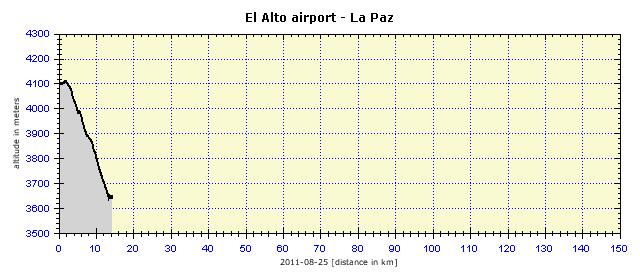
|
